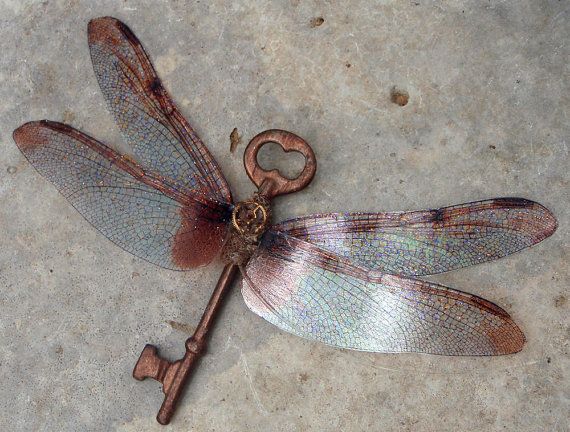In the climax of The Philosopher's Stone, we see Harry and the gang pass through some challenges to stop Quirrell retrieving the stone; one of these challenges is chasing down a flying key. Conveniently, Hermione checks off the challenges and their progenitors:
“We’ve had Sprout’s, that was the Devil’s Snare – Flitwick must’ve put charms on the keys – McGonagall transfigured the chessmen to make them alive – that leaves Quirrell’s spell, and Snape’s…”
— Chapter 16, Through the Trapdoor
However, that the keys were charmed (and not transfigured) seems at odds with what we see of Charms and Transfiguration in the series. Charms are shown to change how objects behave, rather than adding to their appearance, as worded on the Harry Potter Wiki:
Charms are distinguished from transfigurations in that a charm adds or changes properties of an object; it focuses on altering what the object does as opposed to what the object is.
On the other hand, Transfiguration is shown to add or transform one object into another, or change an object into a living creature.
Now, if the keys had been bewitched to float around, it would clearly be a charm. However, the keys are given wings, which, for me, blurs the line between a floating charm and a transfiguration (e.g. into a bird kind of thing). So, is there any evidence (apart from Hermione's conjecture) that giving the keys wings is an instance of charms rather than having been transfigured?

